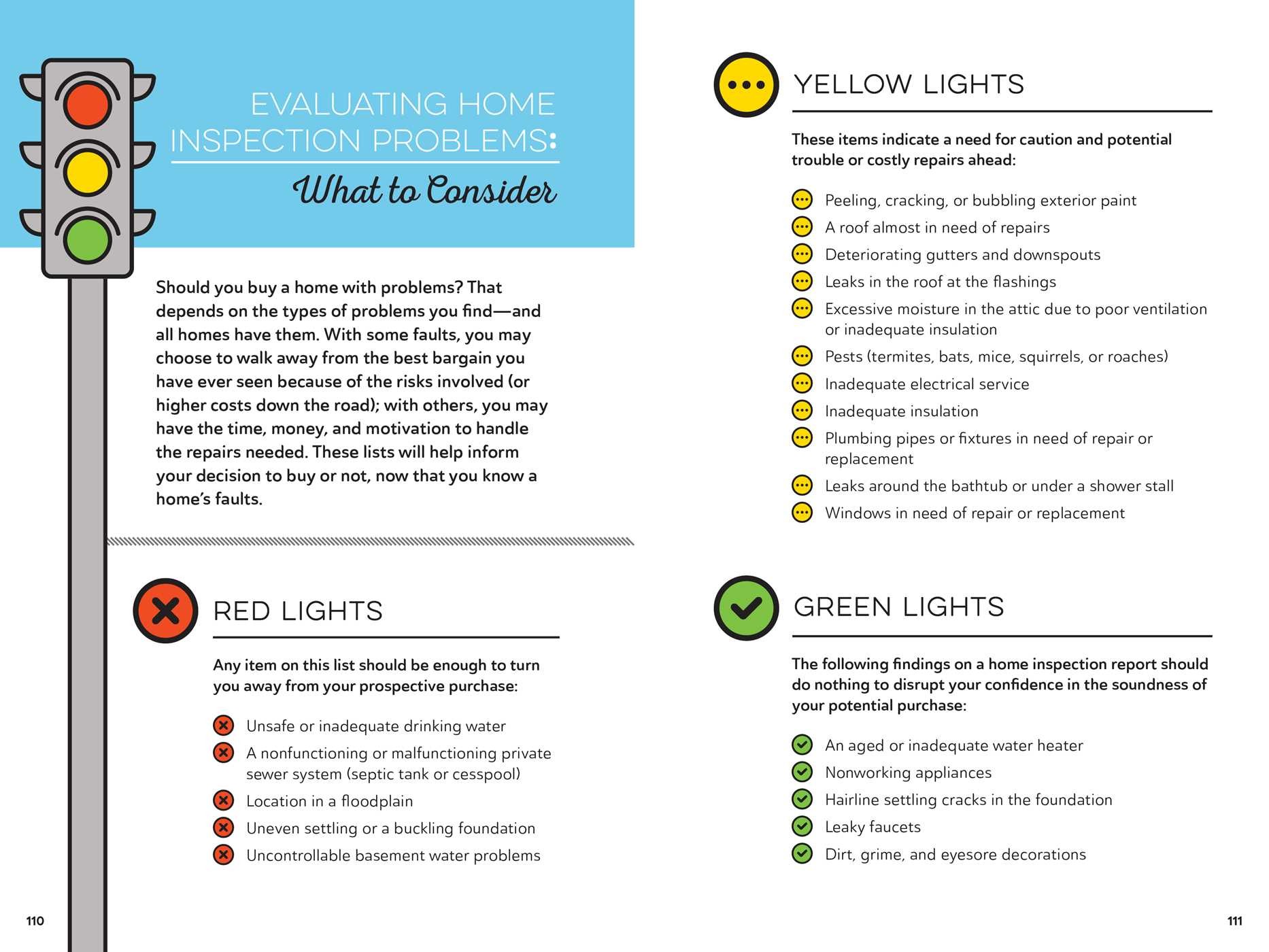Evaluate The Costs And Benefits Associated With Solar Installment To Find The Monetary Chances That May Be Readily Available To Those Exploring This Renewable Energy Alternative
Evaluate The Costs And Benefits Associated With Solar Installment To Find The Monetary Chances That May Be Readily Available To Those Exploring This Renewable Energy Alternative
Blog Article
Content Author-Holdt Larsen
When taking into consideration the expenses of solar installation, you may question the in advance financial investment called for and whether it aligns with the prospective long-lasting benefits. Recognizing the details of these expenditures and the different elements influencing the general return can clarify the worth suggestion of transitioning to solar energy. By examining both the preliminary setup expenses and the projected financial savings over time, you can obtain understanding right into whether the investment in solar installation holds assurance for your monetary future.
Preliminary Arrangement Costs
When taking into consideration the prices of solar installment, the first arrangement expenses play a vital role in your decision-making process. These in advance expenses include the cost of solar panels, inverters, installing tools, and installment labor.
The cost of photovoltaic panels can differ depending on the brand, effectiveness, and dimension you select. Inverters are vital for transforming the sun's power right into functional electricity and come in various kinds such as string inverters, microinverters, and power optimizers, each with its own cost effects.
Mounting devices, such as shelfs and rails, is required to safely set up photovoltaic panels on your roofing or building.
The setup labor expense covers the specialist installation of the planetary system, making sure that every little thing is set up correctly and efficiently. Keep in mind that while these first configuration expenditures might seem high, there are commonly rebates, tax obligation rewards, and financing choices offered to aid counter the costs and make solar setup extra inexpensive in the long run.
Long-Term Savings Evaluation
To understand the economic advantages of solar installation in time, it's vital to perform a detailed long-lasting cost savings evaluation. While the initial arrangement expenses of photovoltaic panels might appear daunting, the lasting cost savings can exceed these prices dramatically. By harnessing the power of the sunlight to generate electrical power for your home, you can potentially save hundreds of bucks on your utility expenses over the lifespan of your solar system.
One of the crucial elements to think about in a long-term savings analysis is the reduction in your electrical power costs. With solar panels, you can create your electrical power, minimizing and even eliminating your dependence on the grid. https://sunpower-solar98765.59bloggers.com/30673974/from-skeptic-to-supporter-just-how-i-became-a-champion-of-renewable-resource can lead to significant cost savings, specifically as energy prices continue to climb.
Furthermore, https://mariopptvr.tusblogos.com/30279231/solar-installment-fundamentals-what-to-think-about-before-obtaining-solar of governments offer incentives such as tax credits and refunds for mounting photovoltaic panels, better boosting your long-lasting savings. By taking advantage of these incentives and maximizing your solar power production, you can enjoy significant monetary benefits for several years to come.
Return on Investment Estimation
Thinking about the financial benefits of solar installation, it's time to examine the Return on Investment (ROI) calculation. Identifying the ROI entails contrasting the overall costs of mounting a planetary system with the monetary advantages it generates over its lifespan.
To calculate ROI, divide the web profit from the system by the total financial investment expense and increase by 100 to obtain a percent. The ROI formula is: (Net Revenue/ Overall Financial Investment Cost) x 100.
As an example, if the complete expense of mounting a solar system is $20,000, and over its life expectancy, it produces savings and incomes completing $30,000, the net revenue would be $10,000. Dividing this by the total investment price of $20,000 provides a proportion of 0.5. Multiplying this by 100 offers an ROI of 50%.
Usually, a greater ROI indicates an extra economically satisfying financial investment. Variables like government rewards, maintenance expenses, and power cost changes can affect the ROI of solar setups. Understanding the ROI aids in assessing whether buying solar power deserves it in the long run.
Conclusion
Finally, comprehending the expenses of solar installment is critical for establishing if it is worth the investment. By thinking about first configuration expenses, carrying out a long-lasting cost savings analysis, and determining the return on investment, you can make an educated choice regarding the financial worth of solar energy. With the capacity for reduced energy costs and increased power freedom, buying solar setup can be a smart selection for both your wallet and the environment.
